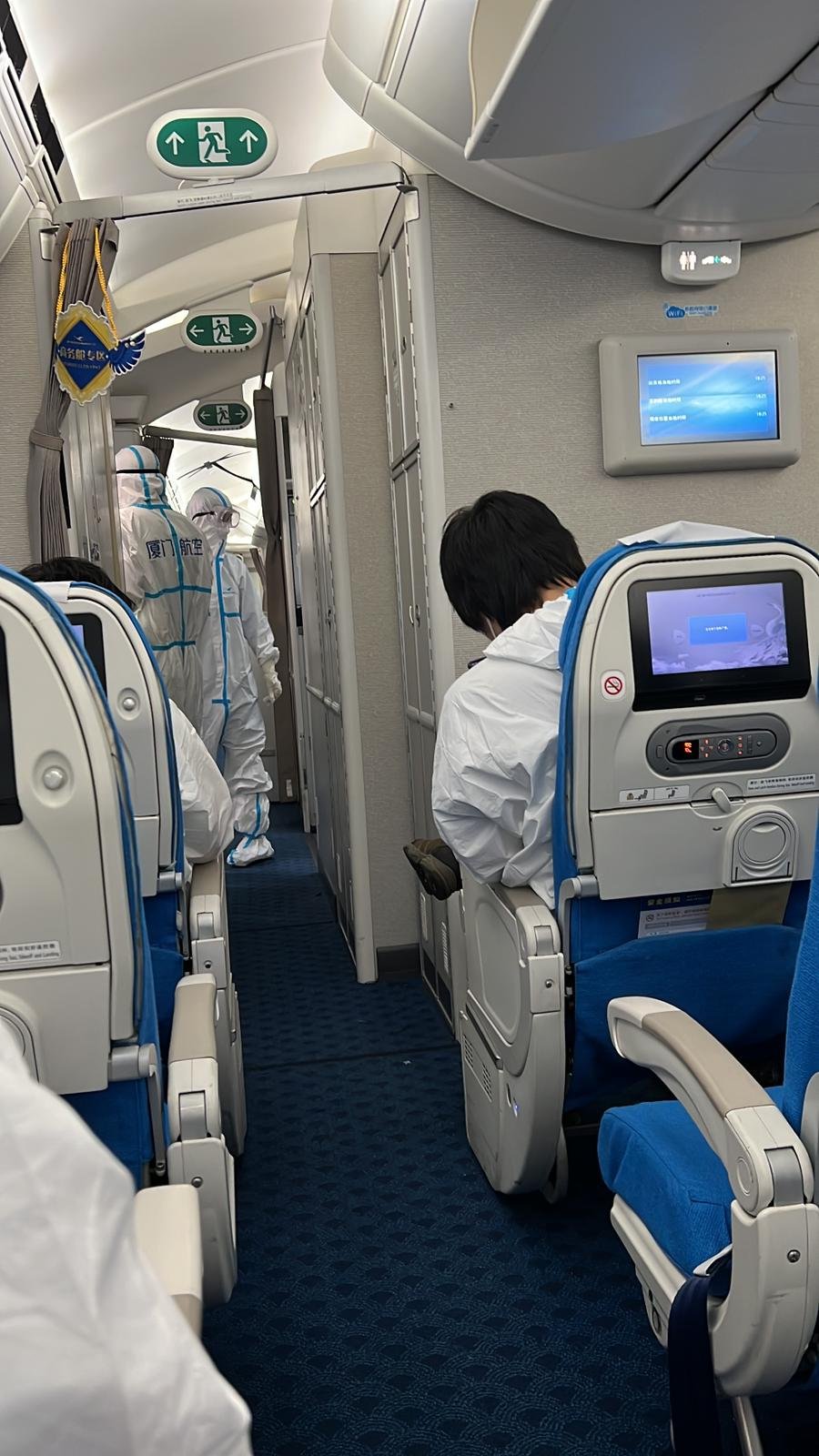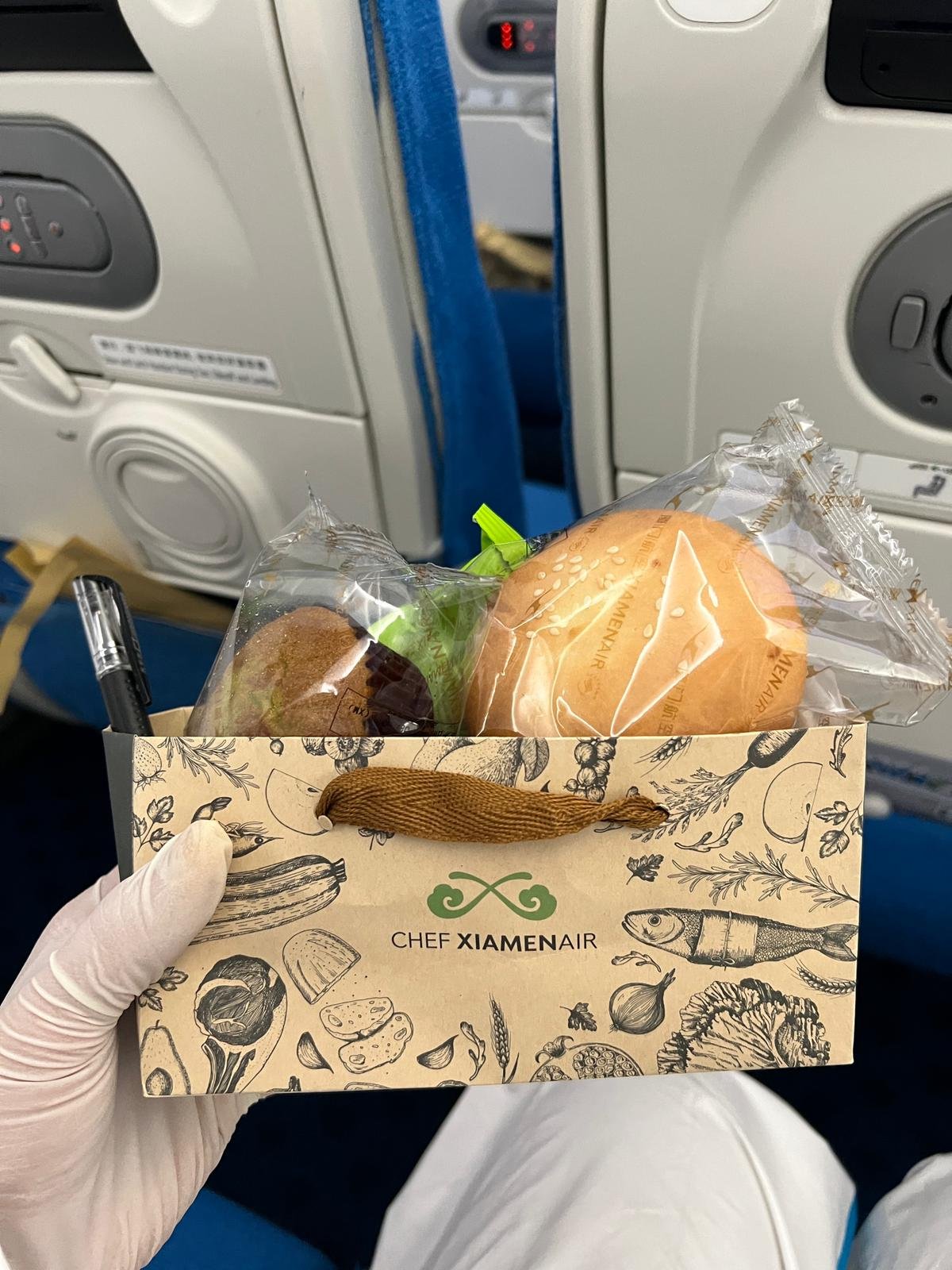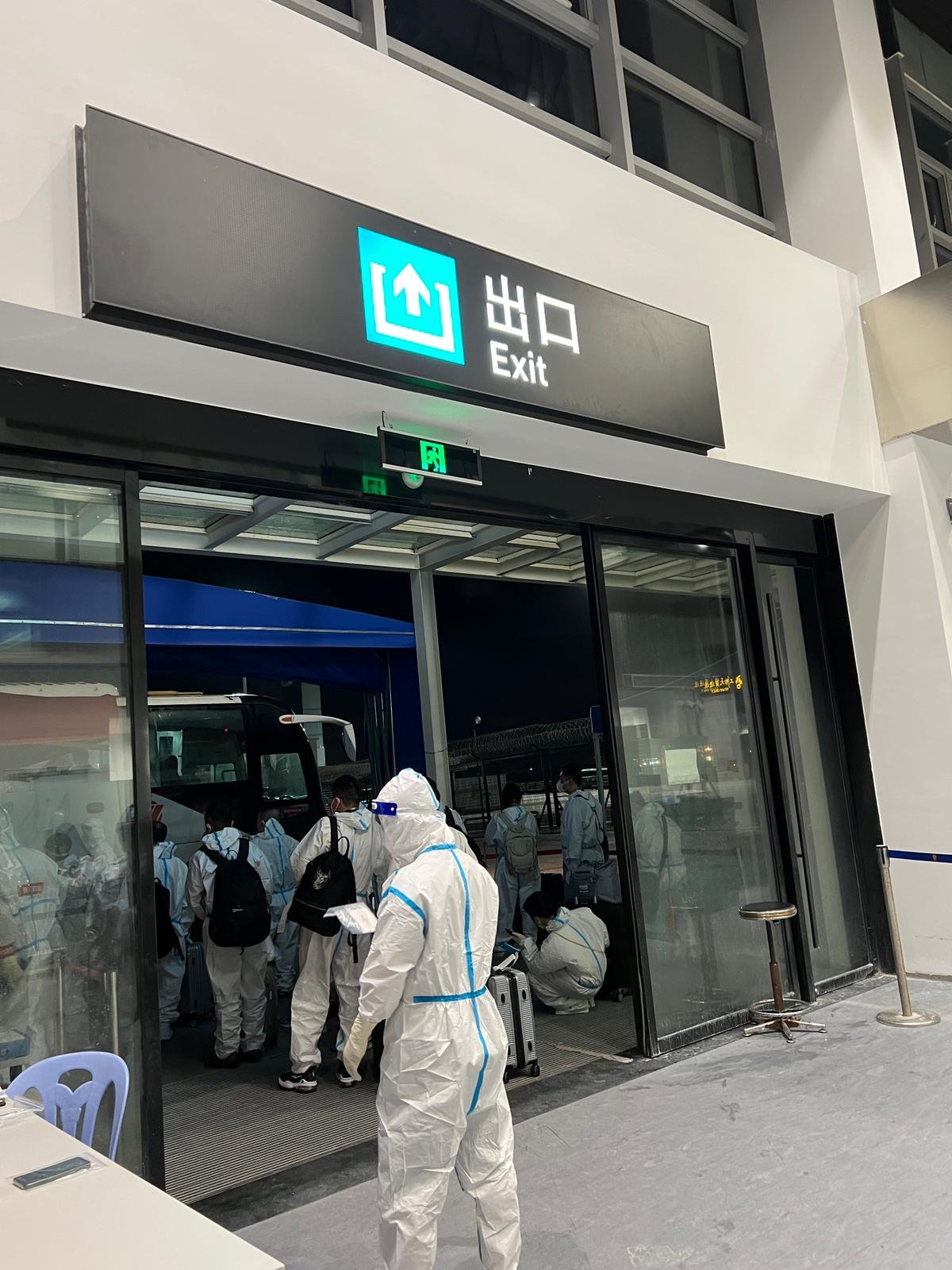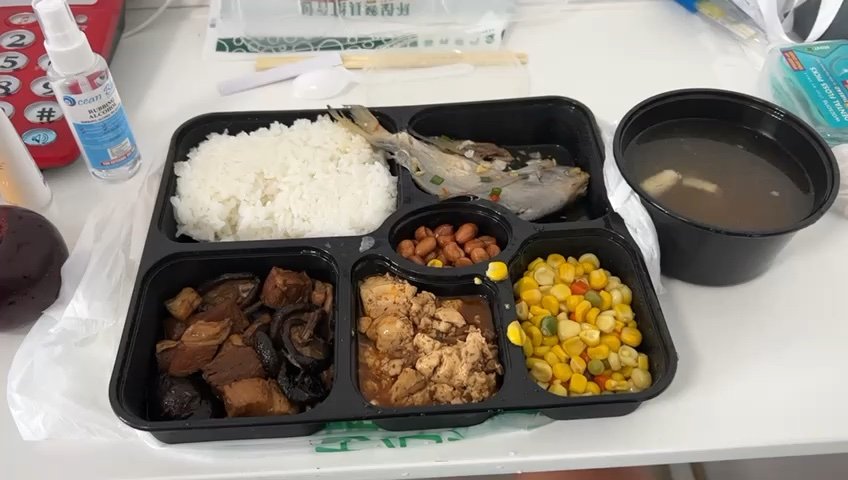Entering China in 2022? Here’s what you might experience
The Chinese mainland, as of August 2022, is still broadly closed off to most travellers and even those eligible still need to go through a strict process for entry. Requirements for getting into China depend on your departure city or country, the operating airline and other variables which complicates the situation even more. Here’s an insight into what you can expect from the process to enter from a reader of this blog.
Warning: This article was written by Callum Elsdon, the owner and author of this website, based on conversations and images submitted by the reader. Do not use this as a guide for travelling to China. Follow regulations from the PRC Government and your departing airline only. This article is for documentary purposes only.
Background on the current ticketing and air travel rules
Booking tickets to China is both a costly and complicated process. The Government of the PRC have limited foreign airlines to operating one international flight per week to China as well as capping the number of passengers on each aircraft. In practice, what this means is that foreign airlines such as Singapore Airlines could only operate one flight from Singapore to any city in China per week. For Chinese airlines, they must follow the Civil Aviation Administration of China’s Five One policy which allows them to operate one flight per week on one route to any country. As an example, Air China could operate one flight to the UK per week but no more.
To add extra complexity, a circuit breaker system is currently in place for all flights into China. If there is deemed to be too many positive Covid cases from a single operating route, the rights to operate that flight could be suspended with little notice. As a mitigating factor, some airlines have decided to adopt pre-travel quarantine including Xiamen Airlines for specific South East Asian flights. While this increases the overall amount of quarantine and number of tests taken, it does increase the likelihood of the flight going ahead because any symptomatic/asymptomatic cases would be caught before arriving in China.
What this all means for travellers is that the caps placed on airlines are creating a limited pool of available seats. As demand continually exceeds supply, prices have risen drastically with flights to China. Below is an example of China Eastern from New York-JFK to Shanghai costing USD 13,000+ in Economy which is easily 10 times pre-pandemic prices.
Our reader’s experience
The reader was advised of the need to undertake pre-flight quarantine eight days prior to departure. Xiamen Airlines had contracted this process with a third party travel agency in Manila who were responsible for arranging:
RT-PCR test to confirm if they were negative and could enter pre-flight quarantine. At this time, they were provided with KN95 mask, face shield, gloves, and Hazmat suit.
Once a negative test was confirmed, they were placed in a 4-star Manila hotel. During their taxi to the hotel, they were required to wear the provided mask and Hazmat suit
RT-PCR tests 48 and 24 hours prior to the flight as mandated by the PRC Government for the Green Health Declaration Code (HDC)
Transport to the airport in coaches while wearing provided KN95 mask, face shield, gloves, and a Hazmat suit.
This above was an additional expense to the reader. No choice was available for the hotel and failing to comply with the additional rules set by the airline would be reason for denied boarding. One benefit of this process ensured that the RT-PCR laboratories were approved for use for travel to China which is not afforded to every PCR testing organisation.
As part of the entry requirements, the reader had to submit their RT-PCR test results to the local embassy to receive their Green HDC. This is not an automated process and relies on human verification of the results to receive the Green HDC. As a result, there can be variations in the amount of time it takes to receive the HDC back with the reader reporting theirs took less than an hour while others took 12+ hours. Without a Green HDC, travellers will be denied boarding even if they have the two negative Covid tests.
The reader arrived as part of a transportation convoy at Manila Ninoy Aquino International Airport five hours prior to the scheduled departure time. While this amount of time may appear excessive, with extensive checks alongside sanitisation of the check-in desks and documents, this time quickly evaporates. If you are travelling to China, the more time you allocate, the better. Once through the check-in process, they headed straight through immigration and security where all passengers on the Xiamen Airlines were held at the departure gate to ensure they do not interact with non-Xiamen passengers to reduce Covid exposure risk.
Boarding of the plane took place without a system for group or row calling resulting in all passengers queueing at once. The aircraft they flew on was a Boeing 787 Dreamliner which is repeatedly rotated on this route but sometimes is served by a smaller Boeing 737 jet (with an inferior experience). Social distancing was enforced where possible on-board but with around 80% of seats filled this was not always possible.
Source: JetPhotos
To ensure that contact points are reduced, the passengers on the flight were provided a bag of snacks but eating on-board is discouraged. I was surprised to hear that they provided food at all if they wanted to reduce the risk of transmission when removing masks - or they could have provided it at the end of the flight as Bangkok Airways did earlier in the pandemic.
The flight itself departed sixty minutes late which is common amongst China-bound flights due to the extensive document checks but arrived only thirty minutes late. In the air, there is little for passengers to do. Like food, use of the on-board bathrooms is discouraged unless necessary to again reduce spread of the virus. In-flight entertainment was turned on during the flight with a standard display and a slim selection of Chinese and English-language programming. Announcements during the flight were bilingual in Mandarin and English, but it was noted that spoken English language interaction with the cabin crew were short and limited.
Once on the ground at Xiamen Gaoqi International Airport, passengers were sat on the aircraft for around ninety minutes before disembarking twelve people at a time. To disembark the plane, passengers needed to present an Orange Pass Health Declaration ID from the PRC Customs Administration Department. This can be filled out in your departure country, but it can only be use for a single entry with an expiration date.
Once off the plane, travellers boarded buses with the remainder of the group of twelve before being taking across to the main terminal. Here they collected luggage and were provided with a Xiamen Health Code on a lanyard. To monitor health of inbound travellers, this is used by the authorities in Xiamen City but for those travelling further in Fujian Province will need to fill out a further health declaration on WeChat.
Preliminary immigration checks are carried out to confirm the passport and visa validity of the traveller before undergoing full immigration verification at another check point. Travellers to China will need to complete a blue slip landing card declaration - which featured in pre-Covid travel to the country.
Once through this, they were transported across to an accommodation at 0045 with no choice on where they stay. The transportation did implement some form of social distancing with only one person in a row of three (33% capacity). Properties could range from a luxury hotel through to a more basic property with a differential in cost. The reader ended up with a standard property costing ~RMB 4000 (GBP 500) but they were satisfied that there was an outdoor balcony area. On arrival, payment could be made in cash, using credit or debit cards, as well as mobile wallets WeChat Pay and Alipay. They were provided with a receipt which confirmed the end of their initial seven day quarantine, which amounted to seven days and three hours after their initial arrival in China. Those quarantining were required to go up in the lift one person at a time before it was completed disinfected for the next person. PPE used, including the Hazmat suit, are left outside the room door for disposal. Wearing all this PPE is extremely tiring particularly considering the whole process from leaving Manila took over twelve hours.
As Xiamen is not their destination city in China, they will need to complete their seven days quarantine in the original property before being designated another hotel quarantine for their additional three day quarantine. Returning residents with a property in China can complete this additional three days at home, although it is unclear what happens if you are in a completely different city to your home.
Conclusion
Paraphrasing the 1980s song by Meat Loaf, ‘I would do anything for love travel, but I won’t do that’. Just listening to the process of entering China sounds exhausting and tiring, I can’t help but feel sympathy for those people who need to go through this process to return for work, education or to see family. It is a truly complex process to enter with many processes, forms and document checks. I felt Thailand Pass/Test & Go in December was a lot of process to visit a country, but China is on another level entirely.


















